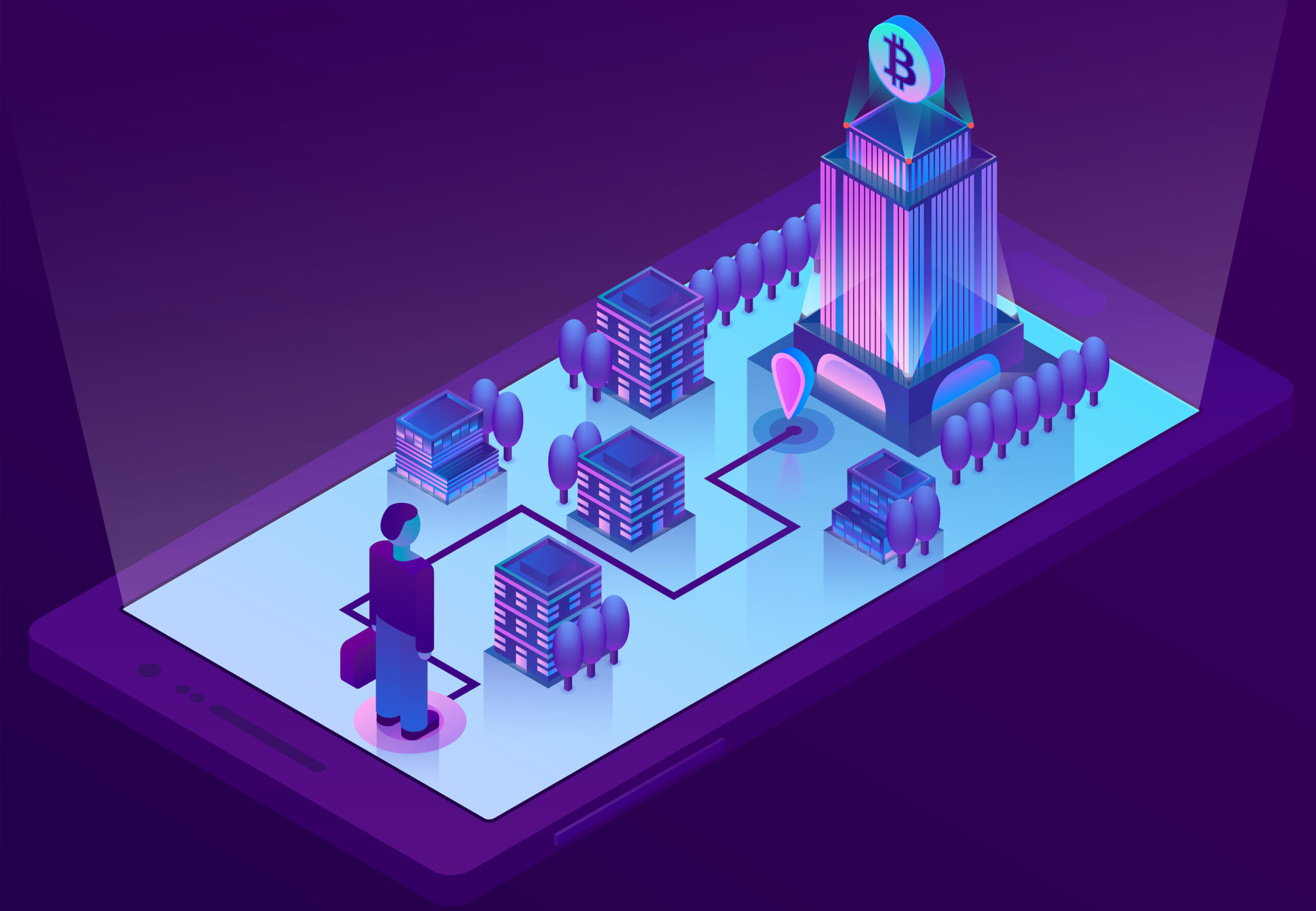Crypto Exchange: Turnkey vs. Developed from Scratch
If you aim to work with cryptocurrencies and always be on stream, get down to launching a crypto exchange platform. When crypto rises and falls, your exchange profits regardless of price fluctuations.
Starting a crypto exchange, entrepreneurs should decide on the development model: turnkey or from square one. A ready-made technology, say the Merkeleon cryptocurrency exchange software, as well as a fresh development, should result in a stable environment for transacting virtual currencies. Yet, the routes vary.
Crypto Exchange Basics
A cryptocurrency exchange is a domain for buying, selling, and exchanging virtual currency where traders pay a fee for every transaction. Such platforms can operate with or without fiat. A sound crypto exchange has a reliable website, with an advanced level of cyber security and a vast volume of trading. All transactions are quick and confidential while arising errors are promptly solved.
For running a crypto exchange, you must obtain a license and adhere to several rules:
- Protect clients against money laundering,
- Send information about suspicious transactions to the authorities,
- Analyze risks,
- Provide reports.
To register your crypto business, pick a developed country with a stable economy and predictable financial legislation, especially concerning cryptocurrency: restrictions, limitations, requirements, and so on.
Crypto exchange modules
When introducing a new cryptocurrency exchange, remember that it consists of modules, each of them functioning independently and being hosted on a separate server.
The essential modules for cryptocurrency exchange are:
- Matching engine: a system with all orders for buying and selling coins and tokens;
- Trading platform: a domain responsible for the functionality, that compares orders and bids in real-time, conducts operations, and processes data;
- User interface: a means for a user to communicate with a platform; should be neat, clear, and customizable if you work with turnkey software;
- Admin panel: a tool to track the status of the platform, traders, transactions, wallets, content, user ban, and marketing.
- Exchange wallets: storage means that allows depositing, storing, and withdrawing of funds;
- User authorization and verification: forms for registration and identity verification to secure transparency and minimize fraud.
- Personal account: a user area to manage funds, checking accounts, and review analytics.
- Transaction history: a list of closed orders.
- Analytical tools: devices to get up-to-date information about the market, analyze and predict trends, and check strategies.
- Notifications: alerts to inform about news, promotions, updates, and special offers, to keep in touch with other traders.
- Liquidity management: a system that concludes an agreement with suppliers, forms an inter-exchange market, and remunerates users for providing liquidity.
- Extra procedures: KYC, KYT, and AML standards are necessary in the markets where money laundering is combated.
A crypto exchange can contain other modules requisite to solve your business problems. Aside from functionality, however, your platform should be flexible, powerful, easy to manage, user-friendly, and reliable. Other essential attributes of this platform include being modern, attractive, quick to respond, and flawless.
Crypto Exchange: From Scratch or Turnkey
The development and launch of a crypto trading platform is a rather complex, expensive, and time-consuming process, whose success heavily relies on a well-coordinated team of highly qualified programmers, analysts, and trading experts.
To pitch a development strategy, ready-made or from ground zero, it is enough to study its effectiveness. To make a site afresh, you need a team of experienced coders who can form a stable environment, with an intuitive interface and responsive design.
Fundamental elements for new development are:
- Knowledgeable developers,
- Time, from several months to 2 years,
- Money, hundreds of thousands of dollars.
All-prepared approach, in return, primarily requires that you find a trustworthy partner able to provide quality software and technical assistance. Prepared technical solutions for crypto projects SaaS companies offer usually have an advanced customization potential.
Fundamental elements for finished software are:
- The proven development company,
- Money, dozens of thousands of dollars.
What is the difference?
Apart from such obvious aspects, like time and money, there are many features touching the process itself that diverge. When you elaborate on a crypto platform yourself you should work on all its basic modules from square one:
- Trading engine,
- Platform interface,
- Liquidity processor,
- Inbuilt wallets,
- Other modules.
To set up a crypto exchange website with new software, you should hire developers familiar with crypto projects and skilled in cybersecurity. A fresh development costs from $300,000, while the time ranges from 6 months to a year and a half, with a few extra months to test it, fix it, and debug it.
Providers of prepared software, conversely, have all the necessary modules, plus add-ons, like trading bots, staking features, etc., to implement at once or later. Furthermore, you can customize a template, changing fonts, colors, positioning, and so on. On top of that, you can prove a demo before purchasing software. Turnkey solutions start from $10,000, while their launch consumes from 2 weeks up to a month.
Also, if your software is built anew, you are the owner of the source code, whilst it is not always the case with prepared solutions, which turns off many prospective entrepreneurs from going, turnkey. However, some SaaS companies indeed transfer rights to the source code. After all, it makes sense to negotiate the ownership in advance.
Bottomline
New crypto exchange software and a ready-made one serve the same objective: to build a destination for transacting virtual currencies. While you can master an original domain afresh, a ready-to-operate solution helps you launch a tested service within a couple of weeks. Both methods work well and only depend on your strategies, available time, and resources at hand. To receive more insights about the crypto business, read this article.
‘If you make the first steps in the crypto business, turnkey solutions are the best fit. You can learn how crypto exchanges work, discover all the peculiarities, gain experience in the field, and build a team. It saves money and time,’ suggests Alexey Sidorowich, Chief Commercial Officer at Merkeleon.



















